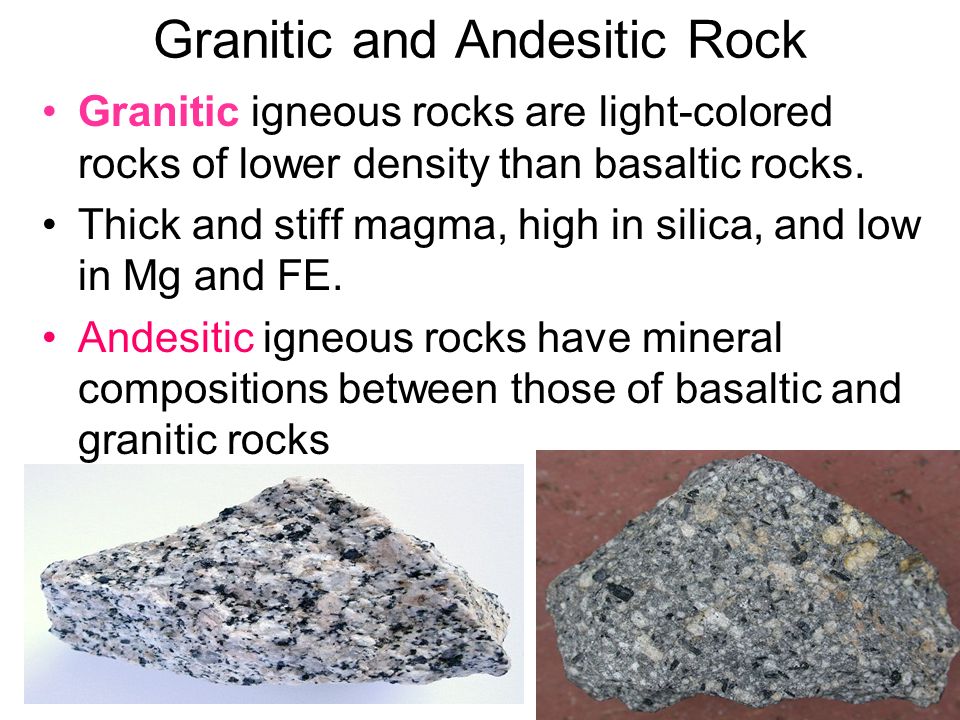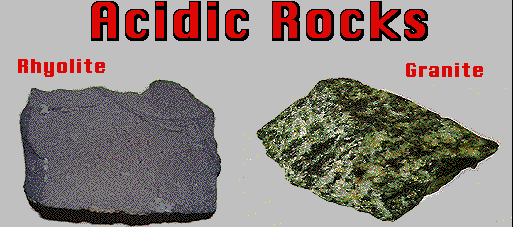Consequently due to buoyancy the continental crust rides above the oceanic lithosphere and.
Basaltic igneous rocks are lower in density than granitic rocks.
This magma is thick and stiff.
The difference between granites and basalts is in silica content and their rates of cooling.
High in silica content b.
High in iron content.
Lava that cools quickly forms rocks.
Igneous rock with a mineral composition between that of basaltic and granitic rock.
Light colored igneous rock of lower density than basaltic rock formed from magma rich in silica but poor iron and magnesium.
Igneous rocks are formed by the crystallisation of a magma.
Rich in quartz and potassium feldspar.
Plutonic rock formed in the earth.
Rock density is very sensitive to the minerals that compose a particular rock type.
And if you know your igneous petrology you will see that the more mafic rich in magnesium and iron a rock is the greater its density.
Granitic igneous rocks are all of the following except.
Lower in density than basaltic rocks d.
Sedimentary rocks and granite which are rich in quartz and feldspar tend to be less dense than volcanic rocks.
The density of the continental granitic lithosphere is lower than oceanic basaltic lithosphere.
They have a higher silica content and a lower iron and magnesium content than the other types of rock.
Granite and rhyolite are felsic igneous rocks intermediate igneous rocks have a density.










